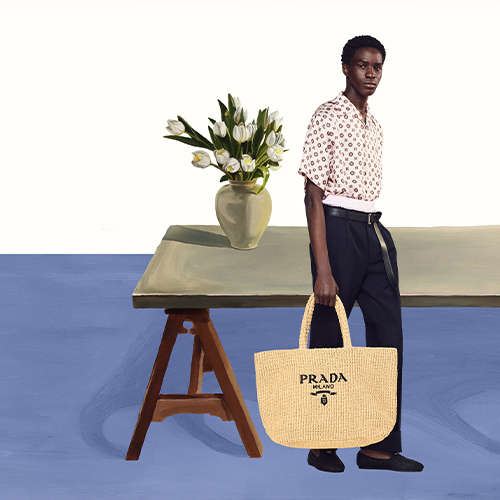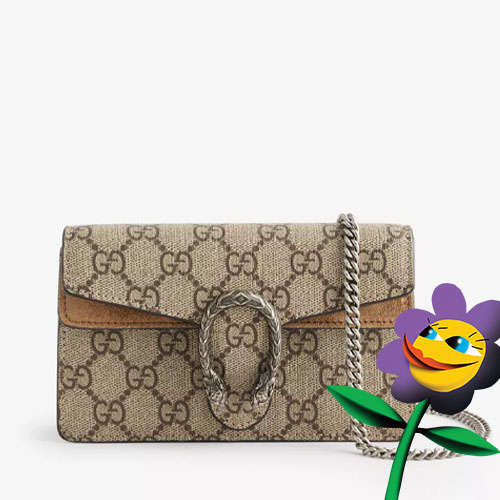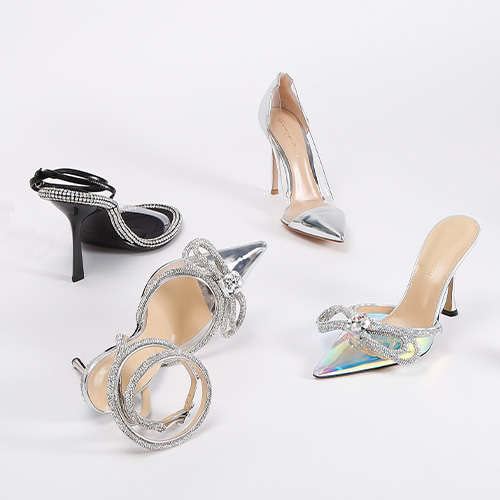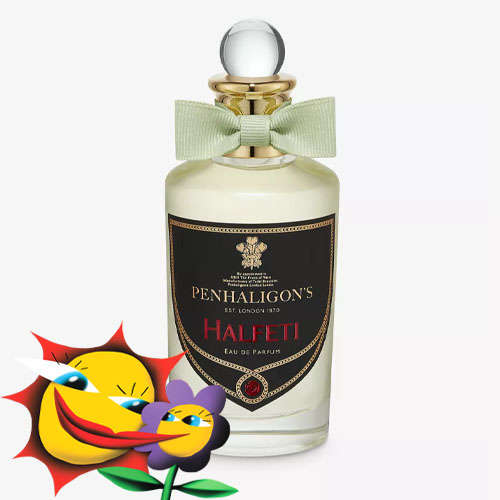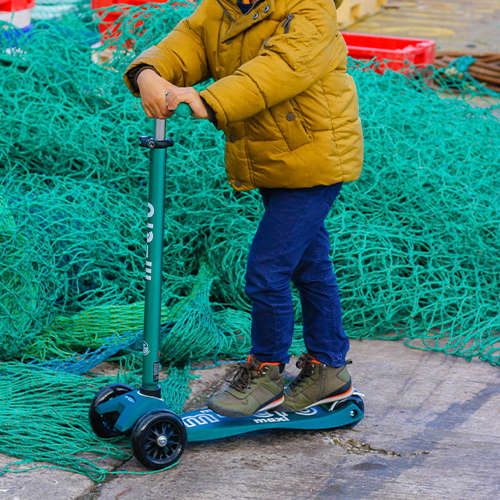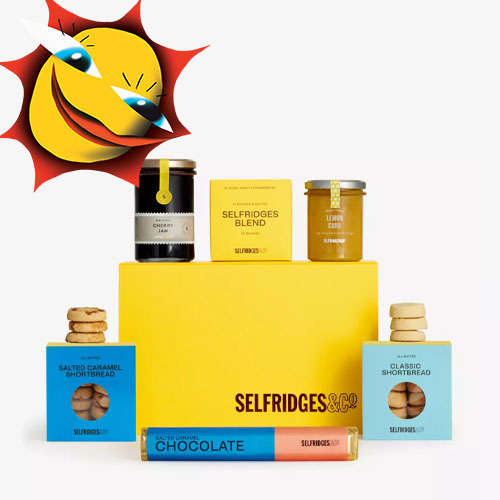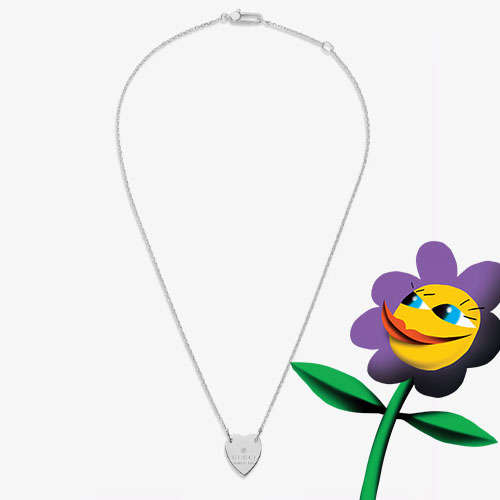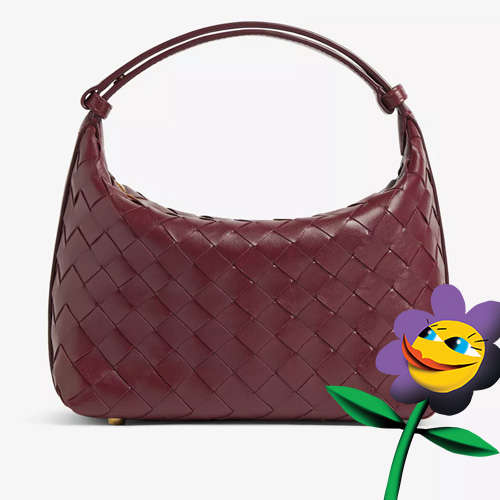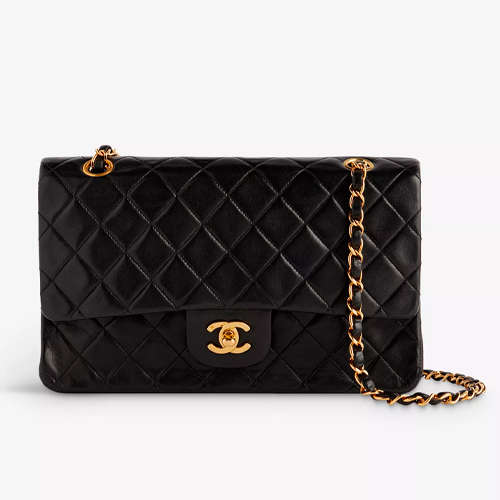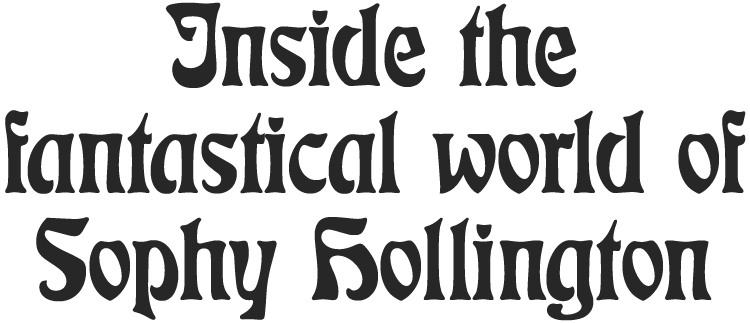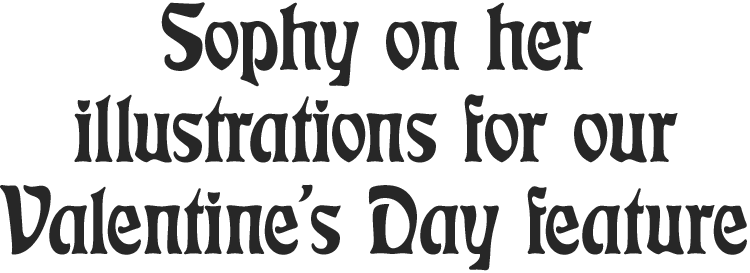- Australia / AUD $
- Canada / CAD $
- China / CNY ¥
- France / EUR €
- Germany / EUR €
- Hong Kong SAR China / HKD $
- Ireland / EUR €
- Italy / EUR €
- Japan / YEN ¥
- Kuwait / USD $
- Macao SAR China / HKD $
- Netherlands / EUR €
- Qatar / USD $
- Saudi Arabia / USD $
- Singapore / SGD $
- South Korea / KRW ₩
- Spain / EUR €
- Taiwan / TWD $
- United Arab Emirates / USD $
- United Kingdom / GBP £
- United States / USD $
- Not yours? Read more
Tell us what you think
Shop in your local currency and language
You are currently in United States US / USD $ store
- English
- English
- English
- English
- English
- English
- English
- English
- English
- English
- English
- English
- English
- English
- English
- English
- English
- English
- English
- English
- English
Did you know that we deliver to 130 countries or regions and offer a range of delivery options to suit you wherever you are in the world? Find out more
Sign up once to our Selfridges+ service and you can enjoy unlimited deliveries wherever you are in the world. FIND OUT MORE
International delivery
With almost everything on selfridges.com available for International Delivery, you can send your order to 130 countries or regions around the world, including North America, Australia, the Middle East and China.
Although we only offer 20 currencies to browse in online, you can still deliver to all of the following countries or regions:
- Algeria
- Andorra
- Antigua and Barbuda
- Aruba
- Australia
- Austria
- Azerbaijan
- Bahrain
- Bangladesh
- Barbados
- Belarus
- Belgium
- Belize
- Bermuda
- Bolivia
- Botswana
- Brunei
- Bulgaria
- Cambodia
- Canada
- Cayman Islands
- Chile
- China
- Colombia
- Costa Rica
- Croatia
- Cyprus
- Czech Republic
- Denmark
- Dominica
- Dominican Republic
- Ecuador
- Egypt
- El Salvador
- Estonia
- Finland
- France
- French Guiana
- Germany
- Gibraltar
- Greece
- Grenada
- Guadeloupe
- Guatemala
- Guernsey
- Guyana
- Honduras
- Hong Kong
- Hungary
- Iceland
- India
- Indonesia
- Ireland
- Israel
- Italy
- Jamaica
- Japan
- Jersey
- Jordan
- Kazakhstan
- Kenya
- Kuwait
- Laos
- Latvia
- Lebanon
- Lesotho
- Liechtenstein
- Lithuania
- Luxembourg
- Macau
- Malaysia
- Maldives
- Malta
- Martinique
- Mayotte
- Mexico
- Monaco
- Montserrat
- Morocco
- Myanmar
- Namibia
- Netherlands
- New Zealand
- Nicaragua
- Nigeria
- Norway
- Oman
- Pakistan
- Panama
- Paraguay
- Peru
- Philippines
- Poland
- Portugal
- Puerto Rico
- Qatar
- Reunion
- Romania
- Rwanda
- Saint Kitts and Nevis
- Saint Lucia
- Saint Martin (French part)
- San Marino
- Saudi Arabia
- Serbia
- Singapore
- Slovakia
- Slovenia
- South Africa
- South Korea
- Spain
- Sri Lanka
- Suriname
- Swaziland
- Sweden
- Switzerland
- Taiwan
- Tanzania
- Thailand
- Trinidad and Tobago
- Turkey
- Uganda
- Ukraine
- United Arab Emirates
- United Kingdom
- United States
- Uruguay
- Venezuela
- Vietnam

Meet the illustrator behind our Valentine’s Day campaign as we discover her otherworldly inspirations
Words: Chekii Harling
Through her exploration of alternative cultures, stories and characters in printed media from the 15th century onwards, illustrator Sophy Hollington has built a unique and striking visual language, drawing from motifs commonly found in folklore, historical sciences and psychedelia. Sophy’s lino-carving work first caught the public’s attention during her final year studying illustration at Camberwell College of Arts, when The New York Times commissioned Sophy to design the cover of their Sunday Review magazine– an incredible achievement for any artist, let alone one fresh out of art school.
We were thrilled to commission Sophy to illustrate the tarot card personalities for our Valentine’s Day feature, which include the ‘Home Hermit’, a zen-like figure holding a scented candle and surrounded by baskets of fruit, and the ‘Earth Angel’, a botanical creature with a head made from flowers.
We met the artist to discuss the prominent themes within her work, how she mines visual symbols from the past to create intricate magical worlds and her captivating work for our Valentine’s Day feature.
WATCH HOW SOPHY BROUGHT OUR VALENTINE'S DAY CHARACTERS TO LIFE

Lino-carving for the New York Times' 'Decameron Project' magazine cover, July 2020 / Tree of Hermes
PSYCHEDELIA
During the 2000s, when Sophy was a teenager and living in Brighton, the city’s 1960s revival was in full swing. Back then, you’d find Sophy at 60s-themed club nights, dressed up in a mod style and surrounded by like-minded souls in wool skirts, white tights and frilly shirts. “Being a part of this scene encouraged me to look into the great psychedelic artists like Rick Griffin, Victor Moscoso and the San Francisco poster artists, whose work I used to copy in Biro,” says Sophy. Sophy believes this interest improved her understanding of how to compose several ideas into one image and taught her the art of working with type.
Growing up in London as a kid was incredible. I was really lucky that my parents took me to museums and that they put loads of emphasis on getting me drawing.
THE GROTESQUE
“The Emperor Nero’s palace [Domus Aurea] in Rome is considered the birthplace of the grotesque. It’s covered in drawings and wild frescoes, which artists copied for centuries to come.” Sophy cites this aesthetic, with its peculiar marrying of architectural and biological elements featuring animals, plants and strange, contorted human forms, as one of her main inspirations. “In my work, I fill spaces on the page with weird, contrasting realities using all these odd forms and faces – there is so much personality in the grotesque,” she says.

Poster for Khruangbin gig / Poster for National's All Together Now Festival
FOLKLORE
Folklore, Sophy says, is a universal language that we all encounter and interpret as children through stories that are read to us from a young age. Four years ago, Sophy created a zine based on meteorites, comets and other space objects found in folklore tales. “I discovered myths and legends that explained the phenomena of folklore in all these different countries around the world,” she explains. Since the first zine, Sophy has honed her signature style. From the album cover she created for Apple Music’s indie folk playlist featuring a banjo-playing frog, to depictions of birds and crescent moons with facial features, Sophy’s work is continually informed by the characters found in folkloric tales throughout history, which have helped her to construct her surreal visual stories.
In Brighton you have the sea on one side and the Downs on the other, so you are nestled between these amazing landscapes. The city is a famously liberal place, which appeals to me – Brighton has a lot of personality.
A LOVE AFFAIR WITH ANALOGUE MEDIA
Sophy is no stranger to museum collections, trawling through old archive texts, illustrations and intriguing books in the University of Glasgow (for its amazing collection of emblem books), the Wellcome Collection in London and the Smithsonian American Art Museum in Washington DC (among others). “The idea that you can transform a piece of paper into a valuable, magical object is really exciting to me,” says Sophy, who enjoys the process of making “happy accidents” that wouldn’t be possible if she were to work solely on a screen. “Surprising yourself as an artist and not always being in complete control is magical – there’s this unknown factor that you are working with or against, depending on the day you are having,” says Sophy, reflecting on her love of working with paper and ink.

Hand of Sabazios / Archetypal Vase / Kamacite
UNIVERSAL SYMBOLS, REINTERPRETED
Sophy continues to build on what she refers to as her “toolkit” of symbols from the past, using the sun, moons, meteorites and creatures to say something completely new. “I use symbols in unusual combinations to tell a visual story that can be read anywhere in the world – symbols are a universal language,” says Sophy, who always begins her process by sketching on an iPad. “Once the sketch is approved by the client, I print it out, transfer it onto the lino and then chisel away at the block,” she explains. Sophy rarely works bigger than A4 so that her work remains contained to the desk in her studio, which she shares with six illustrators and a filmmaker. “Next, I cover the lino in oil-based inks to make the print, which I rub down using the back of a wooden spoon,” she says. Sophy’s deceptively small, intricate illustrations are fascinating in their ability to bring together fantastical motifs from history to form new visual narratives.
The idea that you can transform a piece of paper into a valuable, magical object is really exciting to me.
THE RESURGENCE OF TAROT ART
In 2018, Sophy teamed up with Scottish writer and music journalist David Keenan to design a tarot card deck. “I interpreted [David’s] words and used them as a springboard for the illustrations. David then read the visuals back into the text. The nature of this collaboration was like nothing I had ever experienced before,” says Sophy, and something she was keen to explore further. It is the interactive element of tarot that captivates Sophy the most: “It ties up all my interests because it gives people the opportunity to interpret my work in a way that is unique to them at that moment in time.”
For Valentine’s Day at Selfridges, we commissioned Sophy to design seven new tarot card personalities. “These characters are both engaging and surprising,” explains Sophy, who has a particular soft spot for ‘The Glutton’ – a foodie with a penchant for premium olive oil and shiny copper pans. “She is inspired by medieval bestiary books, where you can sometimes find these mad creatures that are made out of different objects – I made him out of whisks, pans, spoons and cheese!” says Sophy. Another favourite is the ‘Sneaker Stasher’. “This one is a sun-alien inspired by brand lovers that have shoe boxes piled high in their wardrobes. I surrounded the character with all kinds of creatures, descending from the heavens to try and steal the trainers,” explains the illustrator.
Looking for more stuff to make your world brighter?
Scroll for inspiration right here.



